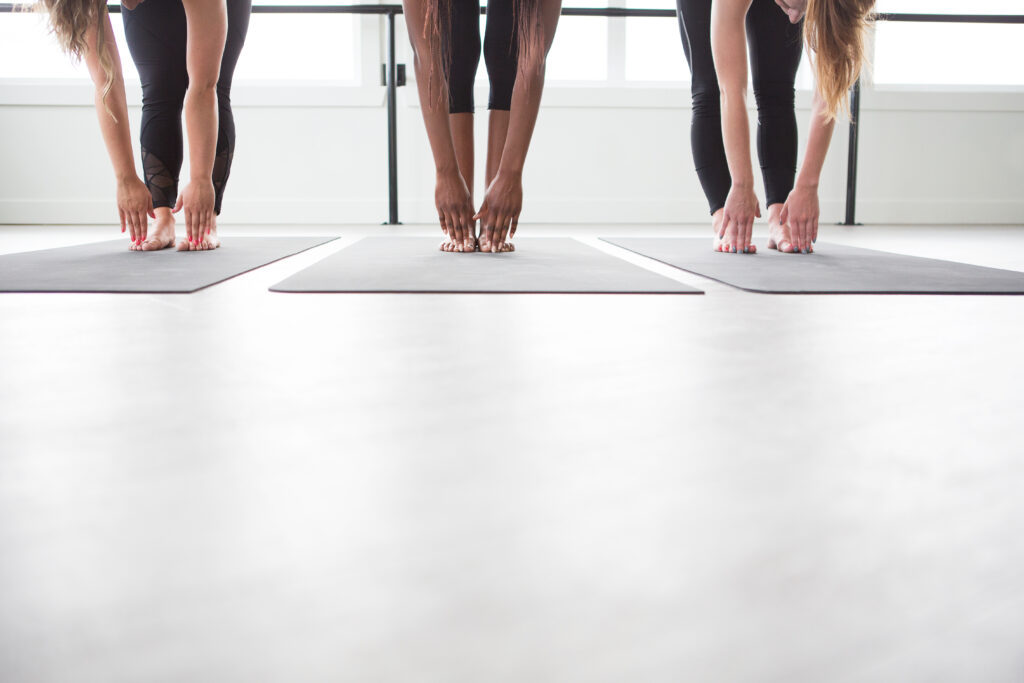Muscle Over 30? Yes, You Can Stay Strong, Toned & Fit for Life

At some point, you’ve probably heard that once you hit 30, your metabolism slows, your muscle mass starts to decline, your skin becomes loose and strength training becomes harder.
While there’s some truth to the fact that your body changes as you age, the idea that you can’t stay strong, toned, and fit after 30? That’s a myth.
The reality? You absolutely can maintain – and even build – muscle and strength well into your 30s, 40s, and beyond. It just requires a smart, intentional approach.
If you’ve noticed that your workouts don’t feel quite the same, or you’re wondering how to maintain muscle mass over 30, you’re in the right place. Keep reading as we discuss why muscle loss happens, why strength training is non-negotiable, and exactly how to keep your body strong for life.
Why Muscle Loss Happens After 30?
After 30, your body naturally starts to lose muscle mass in a process called sarcopenia—a fancy way of saying “age-related muscle loss.” If you don’t actively work on maintaining strength, you can lose 3-5% of your muscle mass per decade, making everyday movements like lifting, bending, and even standing up harder over time.
Why This Happens:
- Hormonal shifts – Estrogen, testosterone, and growth hormone levels start to decline, making muscle maintenance a little trickier. Learn the best vitamins for hormone health after 30 here.
- Less protein synthesis – Your body isn’t as efficient at using protein to build and repair muscles.
- Sedentary lifestyle – If you’re sitting more than you’re moving, muscle loss happens faster.
But here’s the thing: muscle loss isn’t definite. Studies show that regular strength training, the right nutrition, and an active lifestyle can significantly slow (and even reverse) this process.
The Importance of Strength Training After 30
If you’re serious about staying strong, toned, and healthy, strength training needs to be a permanent part of your routine. You can look good while future-proofing your body.
Here’s why lifting weights is essential after 30:
- Strength training, including exercises like pilates, sends a signal to your body to keep your muscles active and strong.
- More muscle = a higher resting metabolic rate, which helps prevent weight gain and fat accumulation.
- Lifting weights increases bone density, reducing the risk of osteoporosis.
- Stronger muscles provide better support for your joints, reducing aches and pains.
- Studies show that muscle mass is directly linked to a longer, healthier life – people who stay strong as they age tend to live longer and stay active well into their later years.

How to Maintain & Build Muscle Over 30
If you’ve been working out for a while, your routine might need a few tweaks to keep your body strong. If you’re new to strength training, it’s never too late to start. Here’s what actually works:
1. Prioritize Strength Training at Least 3x a Week
Muscle is a “use it or lose it” situation. If you’re not challenging your muscles regularly, they naturally start to break down.
Best Strength Training Moves for Women Over 30:
- Squats – Builds leg and glute strength, improves mobility.
- Deadlifts – Strengthens your entire body, lifts your butt, and protects your lower back.
- Push-ups or Bench Press – Strengthens your upper body and core.
- Rows & Pull-ups – Builds back strength and improves posture.
- Lunges – Great for lower body strength and balance – and better flexibility all over.
Aim for: 3-4 strength workouts per week, focusing on compound movements that work multiple muscle groups at once.
Tip: If you’ve been doing the same light dumbbells for months, it’s time to progressively increase your weights for better results.
2. Eat More Protein (Seriously, You Need It)
Your body needs more protein after 30 to maintain and build muscle. If you’re not eating enough, your workouts won’t be as effective.
How Much Protein Do You Need?
Women over 30 should aim for 0.8-1.2g of protein per pound of body weight per day.
Best Protein Sources for Muscle Maintenance:
- Lean meats (chicken, turkey, beef)
- Fish (salmon, tuna, cod)
- Eggs & dairy (Greek yogurt, cottage cheese)
- Plant-based sources (lentils, chickpeas, tofu)
- Protein shakes (great for post-workout recovery)
Tip: Eating 25-30g of protein per meal helps optimize muscle repair and keep you full longer.
3. Don’t Skip Recovery – Muscles Need Rest to Grow
Muscle growth doesn’t happen while you’re lifting weights, it happens when you rest. If you’re constantly training without recovery, you’re actually breaking muscle down faster than your body can rebuild it.
Best Recovery Habits:
Get enough sleep – Your muscles repair the most when you’re asleep.
Stretch & foam roll – Keeps muscles loose and helps prevent injury.
Take rest days – Overtraining can lead to burnout and injury.
Tip: If you’re feeling constantly sore, try active recovery days with walking, yoga, or light stretching instead of skipping movement completely.
4. Stay Consistent – Muscle Takes Time to Build
The biggest mistake people make? Expecting overnight results. Strength training is a long game, and the best results come from staying consistent over months and years.
Keep challenging yourself with heavier weights.
Stick to 3-4 strength workouts per week.
Fuel your body with enough protein & whole foods.
The more consistent you are, the easier it gets—and the stronger you become.
Strong Over 30 Is the New Normal
Losing muscle after 30 isn’t inevitable, and it’s never too late to start building strength. The key is intentional movement, proper nutrition, and consistency.
✓ Strength training prevents muscle loss and keeps you toned.
✓ Eating enough protein fuels your muscles and boosts recovery.
✓ Prioritizing recovery helps you stay pain-free and strong for life.
You don’t need to spend hours in the gym to see results – just a few smart, consistent habits will keep you strong for years to come.


